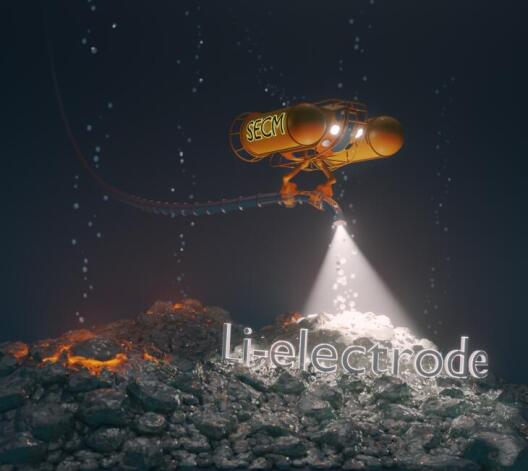Scientists Develop Novel Battery Cell Design and In-situ Analysis Methodology

The Solid Electrolyte Interphase (SEI) inside both lithium-ion and lithium metal batteries is indispensable for successful battery cell operation and at the same time an analytical challenge. Up to now, its analysis has only been possible to a limited extent; knowledge about formation, composition, growth or reactions is incomplete. The MEET scientists Dr Peter Bieker, Jan Frederik Dohmann and Prof Dr Martin Winter, in close cooperation with Bastian Krueger, Luis Balboa and Prof Dr Gunther Wittstock from the Institute of Chemistry of the Carl von Ossietzky University Oldenburg, developed a novel battery cell design combined with an in-situ analysis methodology. This enables a comprehensive analysis of the interphase film under realistic conditions and significantly expands the method portfolio of battery cell analysis.
Solid electrolyte interphase influences battery performance
The very-thin SEI layer forms between the anode (negative electrode) and electrolyte during charging and discharging and functions like a kind of sieve: it conducts well ions, but prevent transport of electrons and thus a continuous detrimental reaction of the negative electrode with the electrolyte components. It thus has a major influence on performance and safety of a battery and offers corresponding optimisation approaches for research.
However, the analysis of the SEI film is challenging: Until now, studies either had to rely on post-mortem examinations or could only observe one specific point during simulated charging and discharging. "In research, differently prepared SEIs can influence the performance of a battery. To do this, it is important to know how they behave during the charge-discharge cycles," explains MEET researcher Jan Frederik Dohmann.
New methodology enables a detailed view
The newly presented cell design enables to conduct charge-discharge cycles under realistic current density and voltage conditions, while surveying the local surface reactivity by scanning electrochemical microscopy (SECM). The scientists developed an in-house micro-carved cell with an integrated tiny SECM probe. "We are able to understand the effects of electrode pre-treatment on the cycling behaviour of lithium metal electrodes and the development of current density distributions in conjunction with local SEI properties now," says MEET researcher Dr Peter Bieker. As the current density is increased, the surface of the electrode reacts less and less uniformly. This provides hints for the development of further electrode structures, which aim an effective diffusion of lithium-ions with simultaneous excellent electronic conductivity.
The newly developed method is directly transferable to other electrodes such as graphite, silicon and metal oxide electrodes, thus making a decisive contribution to the further development of battery analysis. In the future, the use of landmarks may also enable the combination with post mortem and ex-situ analysis to gain additional information.
Detailed information on the structure of the study and its results have been published as a cover story in the journal "ChemElectroChem". The Open Access article is available in English.

